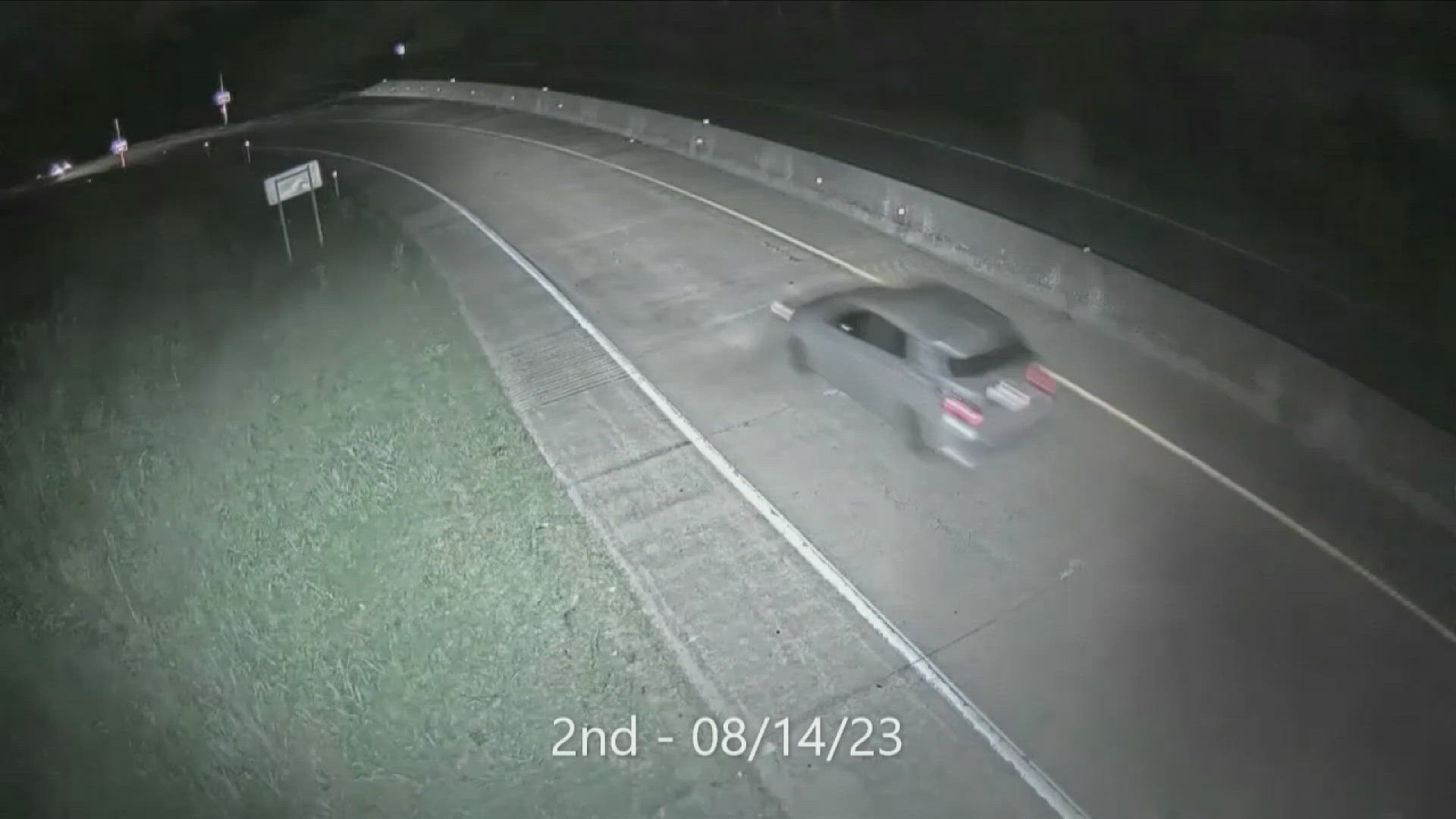LITTLE ROCK, Ark. — As safe as you try to be, sometimes there is no helping in avoiding a car accident due to the actions of others.
According to the National Highway Safety Administration, around 41,000 people died in 2023 due to traffic crashes. In Arkansas, a growing amount of concern behind this statistic has been accidents from driving on the wrong side of the interstate.
According to the Arkansas Department of Transportation, in a typical year the state sees roughly 25 wrong way driving crashes. In many cases, public information officer Dave Parker said these crashes are fatal, and the actual number of wrong-way driving incidents could be much higher than the data shows.
“Those are recorded incidents of a crash. It could’ve happened 100 times,” Parker said. “We did a test period in August of last year, and in that one month we saw five incidents.”
These statistics have been a driving factor behind ARDOT’s latest program: a $54 million investment into a new wrong-way driver alert system.
“We are on the leading edge of this,” Parker said.
The project will eventually install signs on interstate exits indicating the driver is heading in the wrong direction and 160 sensors between Little Rock toward Memphis and other portions of the state.
“Lights will go off. There will be a flash to get their attention," Parker said. "If that doesn’t get their attention enough, our traffic management center is notified. They then reach out to the state highway police.”
While only 10 of those sensors have been installed so far, Parker said they seem to be leaning toward success. In a video provided by ARDOT, the flashing light caught the attention of a late-night driver, causing them to realize they were driving the wrong way.
“He stopped his vehicle, turned around and there was no incident to record…It is an issue and that’s why we’re taking the time and making this big investment,” Parker said.
The rest of the sensors should be installed by August 2025.

